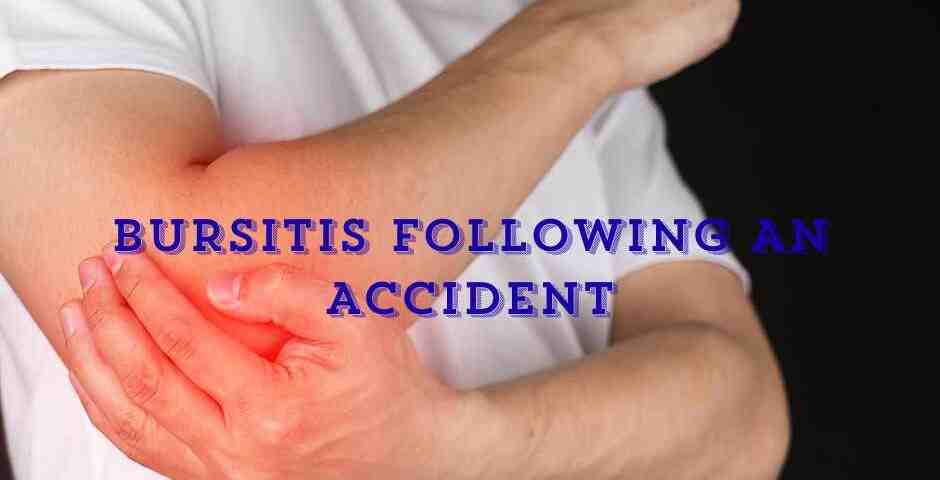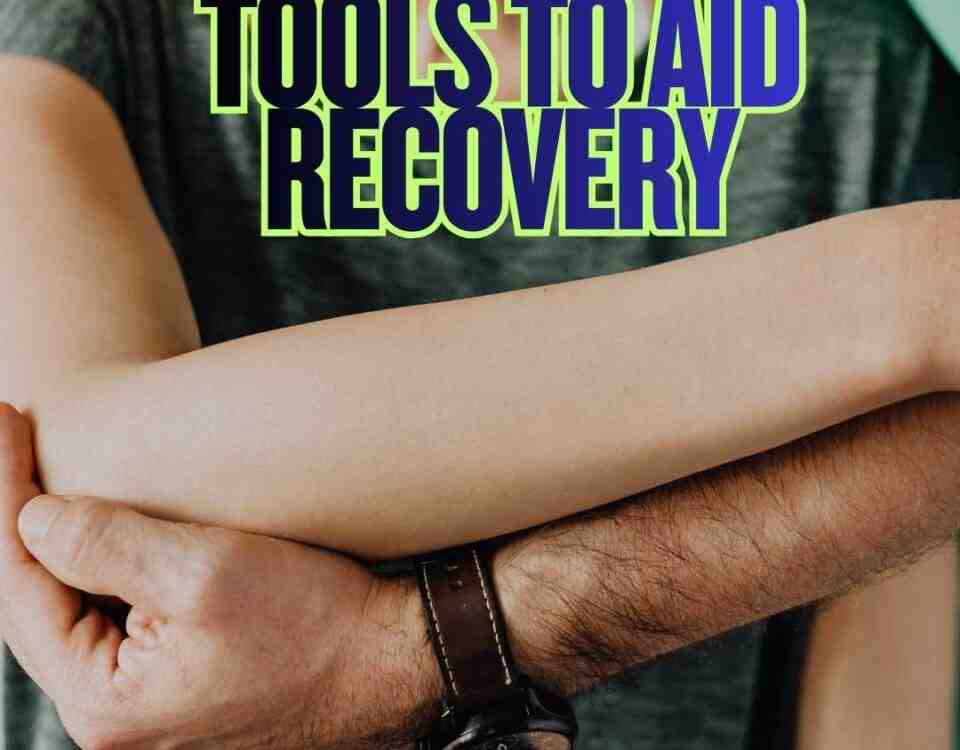Bursitis Following a Car Accident

The Cashew
July 14, 2025
Watch Out! Highway vs City Street Accidents!
July 28, 2025- Accident doctor
- accupuncture
- airplane headache
- alzheimer's
- best habits
- Brain Injuries
- car accident
- car accidents
- cervical strain
- colds
- concussion
- Concussions
- disc bulge
- dosage meds
- dry needling
- dull pain
- E bike injuries
- florida
- good posture
- headaches
- Headrest positions
- Headrest positions after an accident
- Healthy choices
- Healthy flying
- healthy gift guide
- Healthy SPring Ideas
- hip pain
- hyperextension
- injury doctor
- insurance
- Kayaking
- kentucky
- kids motion sickness
- lifestyle
- motion sickness
- neck injury
- no fault insurance doctor
- noise healing
- osteoporosis
- pain symptoms
- pink noise
- posterior chain
- posture
- prevent osteoporosis
- Rest
- Scoliosis
- shoulder pain
- Stress with kids after a motor vehicle accident
- TBI
- tips
- tmj
- torn muscle
- Traumatic Brain Injury
- trigger points
- VitaminD
- What are Post Traumatic headaches?
Bursitis Following a Car Accident
Bursitis is a painful condition that occurs when a small, fluid-filled sac known as bursa (bursae plural) becomes inflamed. These sacs are located throughout the body and reduce friction between bones, tendons, muscles, and skin. Normally, bursae allow smooth and painless movement. However, when irritated or injured they can swell which can cause significant pain and decreased mobility. Dr. Deryk Harting of Chambers Medical Group, one of the highest rated car accident medical care providers in the Tampa Bay area, discusses bursitis following a car accident.
Each bursa is filled with a lubricating synovial fluid that helps reduce pressure and friction during movement. There are over 150 bursae in the human body, commonly found around major joints like the shoulders, hips, elbows, and knees. These areas tend to experience the most mechanical stress which makes these bursae more vulnerable to injury.
Although bursitis is often associated with repetitive stress or overuse, trauma from a car accident is also a significant cause. During an accident, the body is subjected to sudden and intense forces that can compress or stress joints excessively. This trauma can directly injure a bursa or cause surrounding tissues to swell and irritate the bursa. For example, if a driver or passenger braces during impact, the shoulders, hips, or knees can absorb the mechanical force. The resulting strain or direct trauma can cause inflammation in the bursa. Swelling may not be noticed immediately but can develop over hours or days after the accident.
The most frequently affected regions include:
- Shoulder (subacromial bursitis): Often irritated by seatbelt force or bracing during impact.
- Hip (trochanteric bursitis): Can result from direct impact, bracing, or pressure while seated during a crash.
- Elbow (olecranon bursitis): May occur if the arm strikes a hard surface or from bracing during the accident.
- Knee (prepatellar or infrapatellar bursitis): Bracing or contact with the dashboard, steering wheel, or airbag can inflame knee bursae.
Bursitis can affect anyone, but certain demographics are more susceptible. Older adults are at higher risk because bursae tend to thin and weaken with age. Age related degeneration in tendons and joints also contributes to bursitis. Additionally, gender can play a role. Women, particularly over 40, are more prone to hip bursitis, while men may be more affected in the elbows and shoulders.
Obtaining a thorough evaluation and accurate diagnosis after a car accident is essential. Typically, physical exams often include checking for joint tenderness, swelling, and range of motion restrictions. Because bursitis symptoms can mimic other injuries like fractures, tendon tears, or joint damage, imaging is commonly prescribed. X-rays are often the first step, mainly to rule out bone injuries. Ultrasound can evaluate swelling and be used to guide aspirations (using a needle to drain excessive fluid) if needed. MRIs provide detailed images of soft tissue and can identify inflamed bursae as well as differentiate between bursitis and tendon or ligament injuries.
Medical treatment for post traumatic bursitis commonly includes rest, activity modification, ice, anti-inflammatory medications, aspiration, or corticosteroid injections. In rare cases, surgical removal may be considered. Chiropractic care can also be beneficial. Chiropractors use joint mobilization and soft tissue techniques to reduce pressure on affected areas. In addition, therapeutic modalities such as ultrasound or electrical stimulation may be used to increase tissue healing and decrease inflammation. Chiropractors can also provide posture and exercise recommendations to improve underlying movement patterns or habits that contribute to joint stress.
While many people are unaware of bursitis, it is still a common and painful injury that can result from overuse or the trauma of a car accident. Whether through medical treatment or chiropractic care, promptly diagnosing and addressing bursitis is key to achieving lasting improvement.
— This article is written by Deryk Harting, DC, one of the members of Chambers Medical Group’s team of car accident chiropractors who offer a variety of treatments and therapies ranging from diagnostic testing to various soft tissue therapies for car accidents and injuries in Florida.




